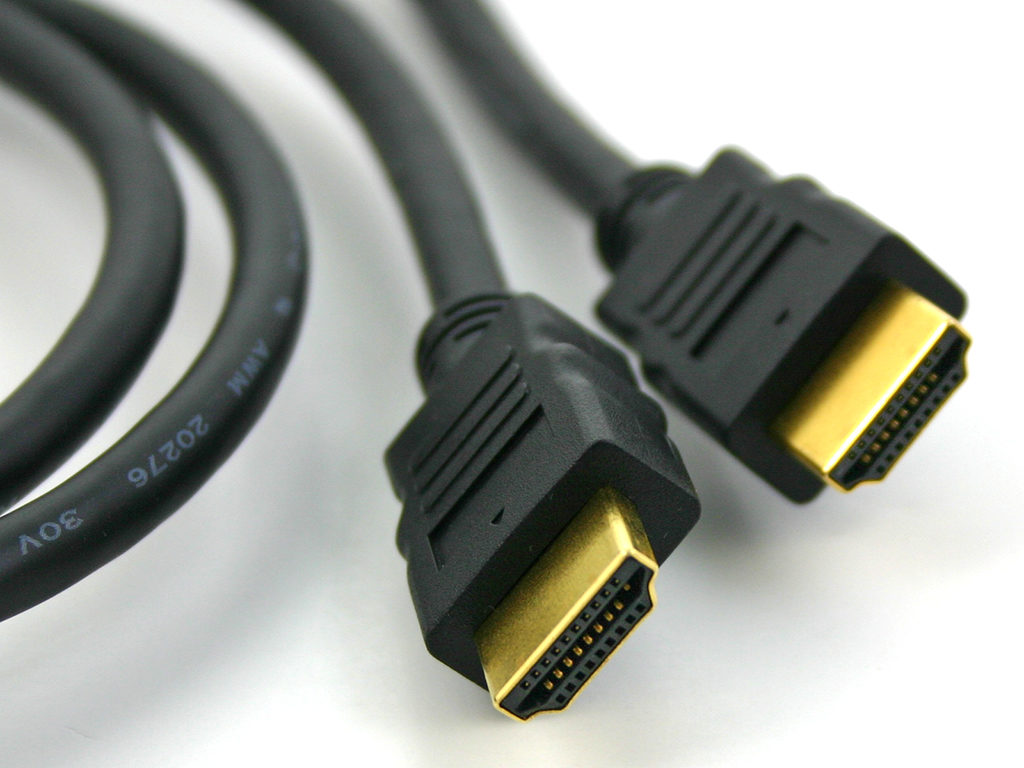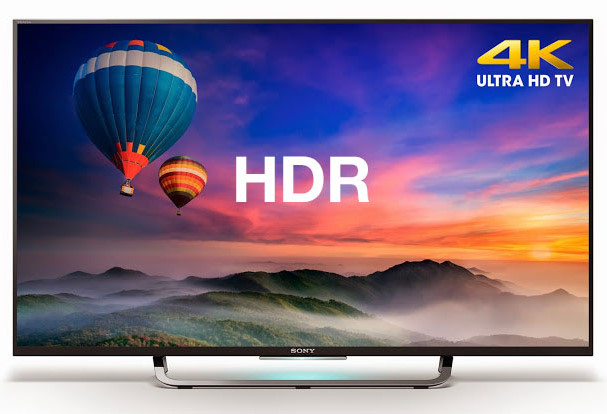HDMI is always on the move. And as video and audio formats grow and evolve, so does the all-in-one wonder that is HDMI. As with previous improvements, the best part is, you do not need to replace all your HDMI cables to enjoy the new benefits of HDMI 2.0a.
HDR and HDMI 2.0a
So what’s different? For one, HDMI 2.0 significantly increases bandwidth capabilities up to 18Gbps. This is perfect for carrying the increasing digital load of 4K Ultra High Definition Video, higher frame rates, and the highest fidelity audio available today. The previous version of HDMI (version 1.4) supported 4K resolutions, yes, but only at 24 or 30 frames per second. That works fine for most movies, but isn’t useful for gaming and many TV broadcasts, which require 50 or 60 fps. Also HDMI 1.4 limited 4K Ultra HD content to 8-bit color. HDMI can not only handle 4K Ultra HD content at 60 frames per second, but it can do it in 12-bit color.
Newer TVs are taking it a step further though, with even higher image realism, by creating whiter whites and blacker blacks. This new display technology is called High Dynamic Range, or HDR for short, and HDMI 2.0a is up to the task, able to carry super-realistic video quality from compatible players to your Ultra HD Television.
HDCP 2.2 and HDMI 2.0a
HDCP stands for High-bandwidth Digital Content Protection, a copy prevention technology that’s been used on HDMI connections for over ten years. Version 2.2 is the latest, designed specifically to prevent illegal copying of 4K Ultra HD content. Like earlier versions, HDCP 2.2 creates a secure connection between a source and display via a “digital handshake.”
With the popularity of 4K TVs, you’ll be seeing loads of new 4K source components in the next few years: 4K Blu-ray players and media players for sure, and even, 4K-capable satellite and cable TV receivers, eventually as well. Every one of those components will have HDCP 2.2 copy prevention. If you attempt to connect one of them to a 4K TV that doesn’t support HDCP 2.2, you won’t see a 4K picture. That’s the sad truth whether the content is streamed or downloaded from the web, or played from a disc.
The HDCP 2.2 issue doesn’t just apply to Ultra High Definition TVs and video sources — it affects any other components in the signal chain. If you run your HDMI connection through a home theater receiver or sound bar, it’ll need to be HDCP 2.2 compliant, as well. Any device in the chain that prevents the HDCP digital handshake from happening will prevent you from seeing a 4K image.
When you read about 4K TVs, you’ll often see references to both HDCP 2.2 and HDMI 2.0, which can be a little confusing. HDMI 2.0 is required for TVs and components to be able to pass 4K video. The big difference is that HDMI 2.0 is backward-compatible with previous HDMI versions, while HDCP 2.2 is not backward-compatible when it comes to 4K video. That means you can connect older sources, like a regular Blu-ray player or cable box to a new 4K TV and enjoy an HD picture. But if a 4K TV senses a 4K video source, it’s going to look for the HDCP authentication in order to complete the digital handshake. If it doesn’t see it, no 4K picture.
If you are shopping for a 4K TV, you should definitely look for HDCP 2.2 compatibility. Nearly all name-brand 2014 and newer 4K TVs have at least one HDMI input that’s compatible with HDCP 2.2. If you’re not entirely sure if a TV is compatible you can contact the experts at Electronic Creations for friendly advice and support when buying a new 4K TV.
HDMI-CEC and the Future
Thanks to an increasingly common technology called Consumer Electronics Control (CEC), your HDTV’s remote can manage up to ten devices that are connected via HDMI (such as Blu-ray Disc players or home theater receivers), no special programming needed. So, for example, you can use your remote to turn on your TV, your player, and your receiver at the same time, and adjust the system volume with one button.
Most major TV manufacturers now support CEC, and an HDTV with HDMI 2.0 will likely have the technology. Manufacturers call it by different names; LG Electronics, for instance, calls its implementation SimpleLink, whereas Toshiba calls its version CE-Link. Interoperability isn’t mandatory, so some manufacturers limit control to their own products; Sony, for one, allows only Sony-to-Sony communication. For help setting up the perfect Home Entertainment System for you with all the features and connectivity you want, contact Electronic Creations today!











